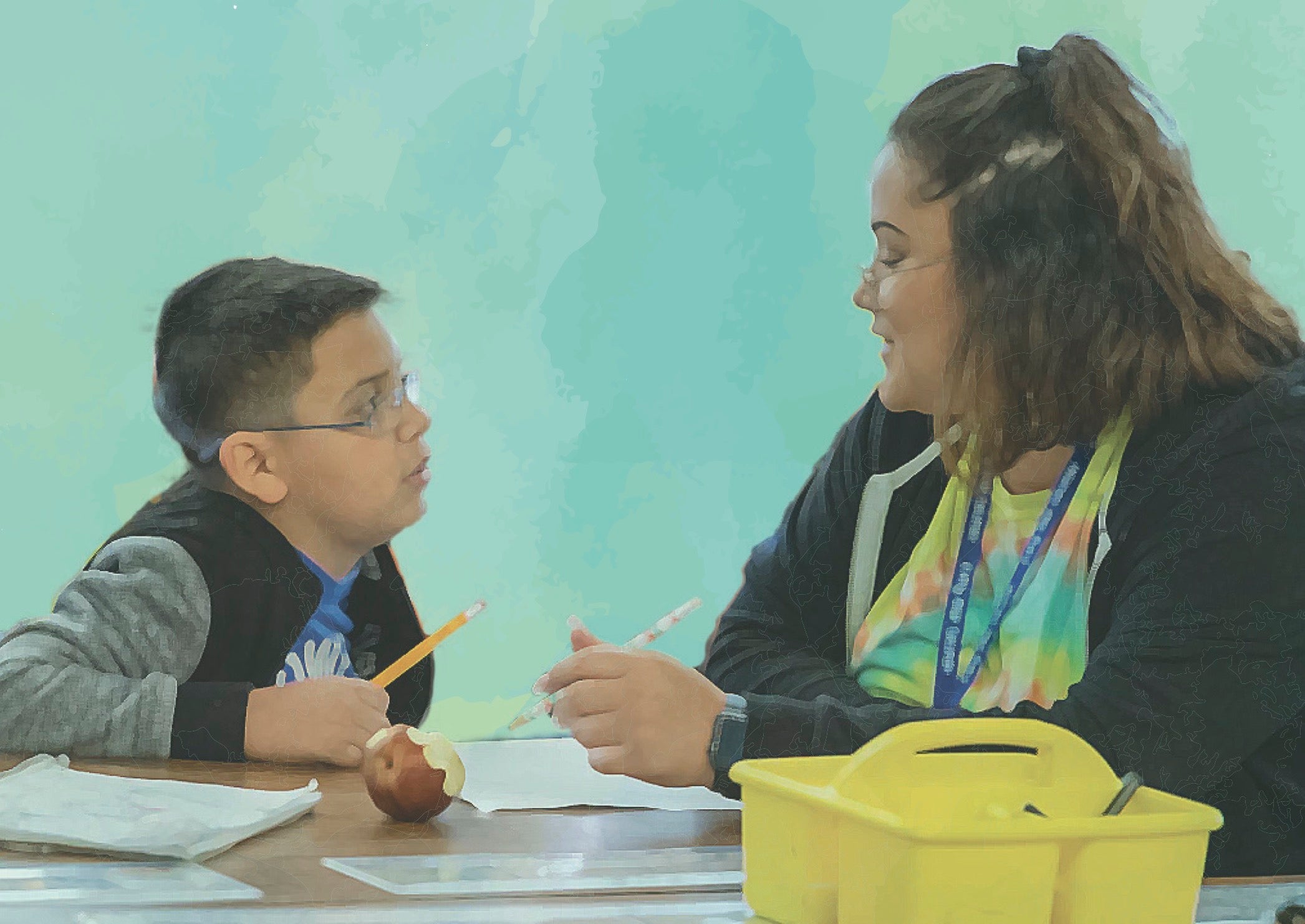
Breadcrumb
- Wallace
- Reports
- Learning To Focus On Adult Socia...
Learning to Focus on Adult Social and Emotional Learning First in Tulsa
One of Six Case Studies of Schools and Out-of-School-Time Program Partners

- Author(s)
- Karen Christianson, Celia J. Gomez, Catherine H. Augustine, and Heather L. Schwartz
- Publisher(s)
- RAND Corporation
- DOI Link
- https://doi.org/10.7249/RRA379-10
Summary
How we did this
Researchers conducted observations, interviews, surveys, and other approaches for this mixed-methods case study of a partnership between Whitman Elementary School in Tulsa and its OST partner Youth at Heart.
Adults need to don an oxygen mask on an airplane before putting one on a child. Whitman Elementary School in Tulsa and its out-of-school-time (OST) partner Youth at Heart drew much the same lesson when they teamed up to introduce social and emotional learning (SEL) in the curriculum.
Specifically, they changed from teaching SEL skills only to students to focusing on adults. Their goal was to enable teachers to:
- Prioritize their own mental health to reduce burnout
- Model SEL competencies for students
- Build strong and healthy relationships with students
The story of that effort is detailed in this case study. It’s one of a series exploring collaborations between schools and OST programs in six communities aimed at boosting social and emotional learning.
Part of a Larger Initiative
The communities were participants in Wallace’s Partnerships for Social and Emotional Learning Initiative, which brought together school districts and their OST partners to develop and put in place SEL activities across learning settings.
Adapting the Focus
The partners adapted the focus of their partnership over the four years covered by the study. After first teaching SEL skills to students in 2018, administrators noticed that many teachers were not consistently including SEL into their instruction. So they changed their focus to helping adults learn the same social and emotional skills, such as regulating emotions and building trusting relationships, they were teaching their students.
By spring 2021, all Whitman teachers who responded to a survey reported they were including SEL into their academic instruction. The change in focus also helped improve teacher buy-in for teaching students social and emotional skills.

A Variety of Successful Outcomes
Focusing on adult SEL resulted in a variety of successful outcomes, including:
- Teachers were more confident teaching students SEL skills and including them into academics.
- The effort saw declines in teacher burnout and turnover.
- Students experienced consistent SEL resources and best practices.
- The school and OST staff members noted improvements in not only students’ social and emotional skills, but in the overall school climate, as well.
- The consistent use of SEL practices helped both adults and students cope during the pandemic.

The biggest celebration when people [visit the school is that they say,] ‘It feels good in here.’ Kids are happy. Adults are happy. I feel like a lot of that is attributed to the work that we have done trying to help kids deal with that social emotional component of themselves—how you deal with your trauma.
— Kimberly Blakney, principal, Whitman Elementary
Key Takeaways
- Providing teachers with SEL training improved teacher buy-in for implementing SEL in the classroom.
- Regular meetings, shared training, and staff who worked for both the school and the OST program helped to coordinate their SEL efforts across the day, creating greater consistency in SEL instruction for students.
- The focus on adult SEL strengthened student SEL and also corresponded to declines in teacher burn-out and turnover.
Visualizations










